Paro
Highlights
The natural beauty of Paro Town and surroundings is unmatched, traditional-style houses of the valley and surrounding hills makes it perfect holiday destination for nature lovers. Paro town has been growing rapidly in recent years and there are plenty of restaurants, bakeries and cafes to choose from. One of the distinctive features of Paro town is that it is situated in a flat valley bottom. Paro Valley is one of the most populated area in the country. Because of its proximity to the airport, there are hotels and tourist amenities close by.
Tourist can spend several days in Paro as there are over 155 temples and monasteries in this area, some dating as far back as 14th century. Among them is the temple that is considered Bhutan’s most iconic landmark Taktsang Monastery or the Tiger’s Nest. This awe-inspiring temple was constructed upon a sheer cliff face, hundreds of meters above forests of oak and rhododendrons and the valley floor. Dzongdrakha Temple and Kila Gompa are secondary examples of cliff-side temples that are also located in Paro Dzongkhag.
The country’s first international airport is located in Paro. Due to the close proximity of the airport and the many historical and religious sites in the region there are a large number of luxurious, high-end tourist resorts in Paro.
Paro is also home to the National museum. The museum is set in Paro Ta Dzong, an ancient watchtower that now displays hundreds of ancient Bhutanese artifacts and artwork including traditional costumes, armour, weaponry and handcrafted implements for daily life. The collection at the National Museum preserves a snap-shot of the rich cultural traditions of the country.
Another site worth visiting Paro is Drugyel dzong or The Fortress of the Victorious Bhutanese. This dzong was constructed by Zhabdrung Ngawang Namgyal in 1646 to commemorate his victory over marauding Tibetan armies. Though the fortress was destroyed by fire in 1951, the ruins remain an impressive and imposing sight.
What To See
Ringpung/Paro Dzong
Ringpung Dzong popularly known as Paro Dzong, which means "the fortress of the heap of jewels" is the finest example of a Bhutanese monastery, this Dzong hosts the festival of masks. Paro Dzong is the administrative seat of the district of Paro. The Paro Dzong was built in 1644 under the order of Zhabdrung Ngawang Namgyal. The annual Paro Tshechu is held from the 9th till the 15th of the 2nd month every year. Tenzin Rabgy first introduced this ceremony in 1678.
Ta Dzong/National Museum
The Museum is located on the hill behind the Paro Dzong. Open from 9 am to 4pm every day except Mondays and some national holidays, a visit takes a good hour. On Sundays, it opens only at 11 am. Housed in a 17th century watch tower, it has a unique character and beautiful panoramic views over Paro Valley. Opened in 1968, its collection of fine arts, paintings and bronzes are famous. There are also textiles, jewellery, and handicrafts sections as well as galleries of stuffed animals and butterflies from Bhutan.
Drukgyel Dzong
14 km from Paro, Drukgyel Dzong was built in 1647 or 1649 at a strategic location to control the routes to Tibet. Shabdrung Ngawang Namgyel built Druk Gyal Dzong, just north of Taktshang, to commemorate the victory over the Tibetans in 1644 and the unification of Bhutan. The name ‘Druk Gyal’ means ‘Fortress of the Victorious Drukpa’. In 1951, the dzong was destroyed by the fire and is closed to all visitors since then.
Kyichu Lhakhang
Kyichu Lhakhang is a Buddhist temple in Paro. It is one of the oldest monasteries in the country built in the 7th century by the Tibetan King Songsten Gampo. There’s a belief that the two orange trees here in Kyichu Lakhang bears fruit throughout the year. The story goes that a giant demoness lay across the whole area of Tibet and the Himalayas and was preventing the spread of Buddhism. To overcome her, King Songtsen Gampo decided to build 108 temples, which would be placed on all the points of her body. Of these 108 temples, 12 were built by precise plans. Thus, it happened that in about the year AD 638 the temple of Kyichu Lhakhang was built.
Dungtse Stupa Monastery
Dungtse Stupa Monastery or the Stacked Round Stupa is a unique architectural structure of the 14th Century that was built by the Tibetan adept Thangtong Gyalpo who is famous for welding iron bridges and monasteries with unusual architectural designs. The inner structure is from the 14th Century while the outer structure was built in the early 17th Century. This 3-storied architectural treasure is one of a kind in the Himalayan region, and contains many reliquaries and beautifully painted murals depicting the three levels of Buddhist manifestations of body, speech and mind.
After years of internal strife, the Kingdom of Bhutan moved into an era of peace in the second half of the 19th century. Although the system of governance was still a theocrary, the Trongsa Penlop, Jigme Namgyal (1825- 1881), had become the strong man and the de facto ruler of Bhutan. The nobility in the central region of Bumthang had formed marital and political alliances. Jigme Namgyal was from Kurtoe (today the Lhuentse district in north-east Bhutan), but his ancestors had come from Bumthang in the 16th century and he was a descendant of the great religious figure Pema Lingpa (1450-1521), born in Bumthang. Jigme Namgyal had strong links in this beautiful valley, which he passed through each time he went from Trongsa Dzong to the east of the country which fell under his jurisdiction.
Ugyen Pelri Palace
Ugyen Pelri Palace is in a secluded wooded compound on the south side of the Paro Chhu river . The palace was built by a Paro penlop in the early 1900s. The palce is now a residence of the Queen's mother. On the roadside beside Ugyen Pelri Palace are five square chortens.
Taktshang Lhakhang (Tiger's Nest)
Taktsang Lhakhang Monastery famous as Paro Taktsang is a Buddhist temple complex which clings to a cliff, 3120 meters above the sea level on the side of the upper Paro valley, Bhutan.
The Taktsang Lhakhang Monastery is one of the most famous touristic destinations of the country and the cultural icon of Bhutan. Visiting the Paro Taktsang Monastery is an unforgettable experience thanks to its unique location and the views of surrounding majestic mountains and emerald green valleys. The main peculiarity of the monastery is its isolated location. It is only accessible by mountainous paths. The remote location of the monastery makes it amazingly beautiful and unique, but also creates technical difficulties.
The refined architectural appearance of the Monastery is shaped in the best traditions of Buddhist. The complex has white buildings with golden roofs. Paro Taktsang Monastery consists of the 4 main temples and several dwellings.
All buildings are interconnected by staircases with steps carved into the rock. Almost every single buildings of the monastery complex has a balcony with a breathtaking view of the surrounding area. The main shrine of the monastery -the prayer wheel is located in the courtyard of the temple. Every morning at 4 a.m. it is being rotated by monks to mark the beginning of a new day.
The interior design of the temple impresses with its luxurious beauty, gold-plated dome and flickering lights that are illuminating golden idols. In the hall of Thousand Buddhas, which is carved into the rock, a large statue of a tiger is located. The tiger is respected as the symbol of Paro Taktsang because of the legend, according to which the location of the Monastery was chosen by a tigress. The tigress brought here on her back the founder of Bhutan’s Buddhism guru Padmasmabhava.
There are eight caves in the monastery, four of them are comparatively easy to access. The cave where Padmasmabhava is believed to have entered first, on the back of the tiger, is known as “Tholu Phuk” cave and the one where he meditates is known as the “Pel Phuk”. Monks of the monastery are supposed to live and meditate in these caves for 3 years. They rarely visit the adjacent Paro valley.
How To Reach
Paro has the international Airport which lies 6 km from the city. Druk Air is the main airlines and has flights to and from Delhi, Bangkok, Kathmandu, Dhaka and Kolkata.
There is a taxi service at the airport to get you to your destination, you can book a taxi at the tea stall just outside the airport. Hiring a car is not easy and to get one you’ll have to talk to get in touch with private agents.
Gallery
Related Package
Related Hotel
No Hotel available
Reviews
Excellent
4.6 / 5.0
90% recommend this package
Score Breakdown
- (58)
- (132)
- (89)
- (58)
- (9)
Average Rating For
- Cleanliness 4.5
- Service 4.5
- Comfort 4.2
- Condition 3.8
- Neighbourhood 4.4
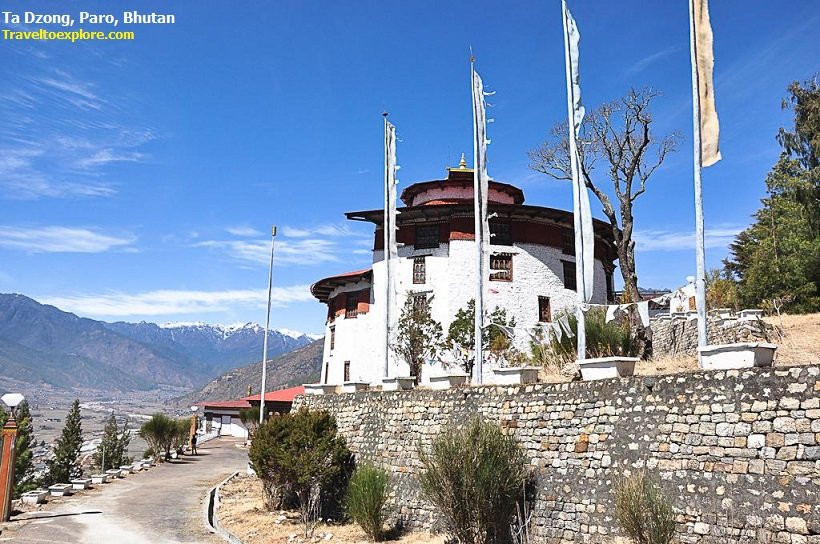
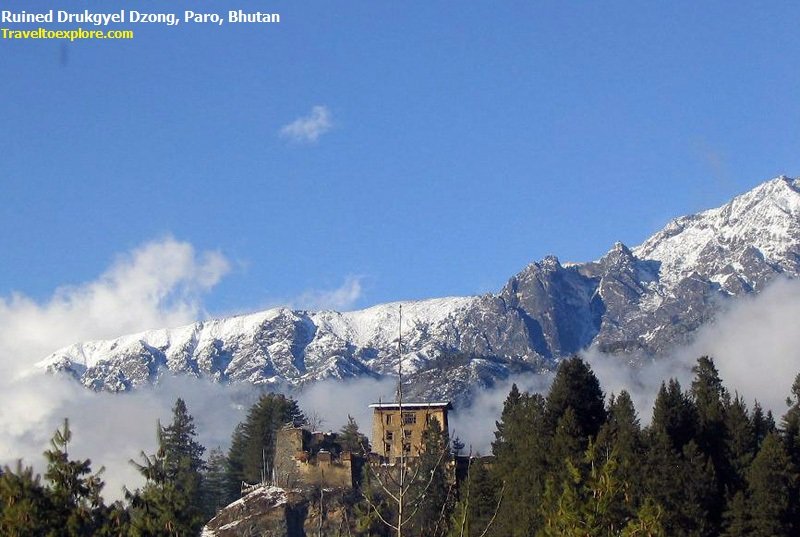
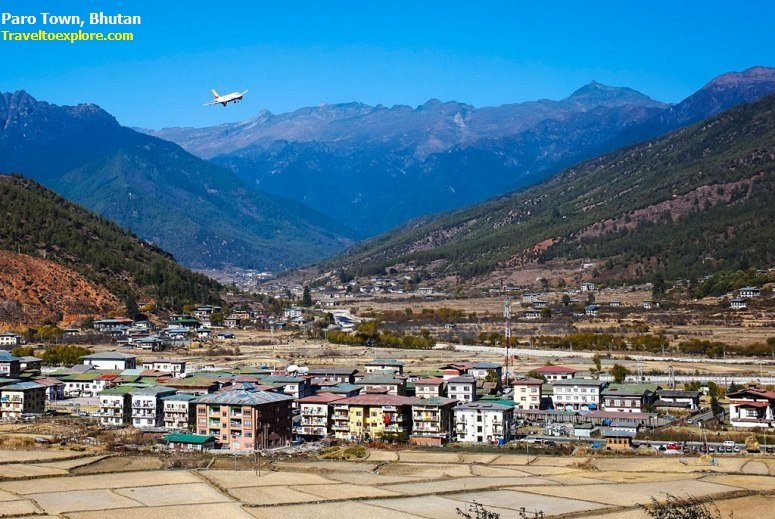
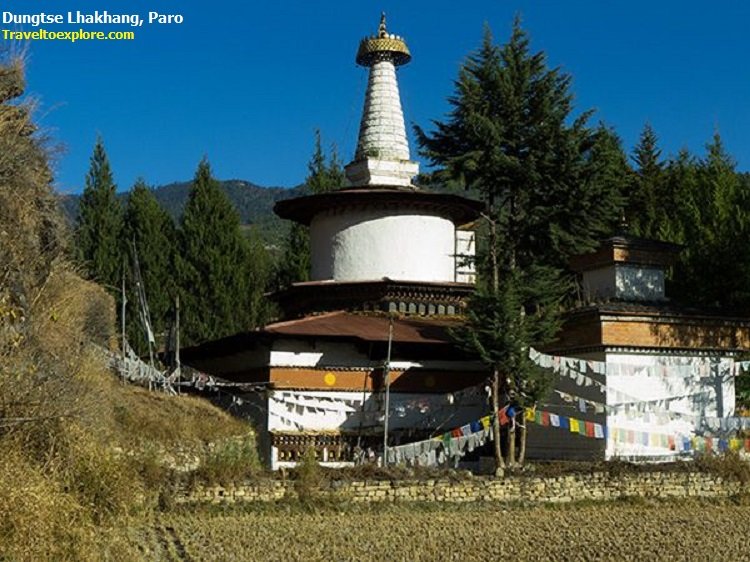
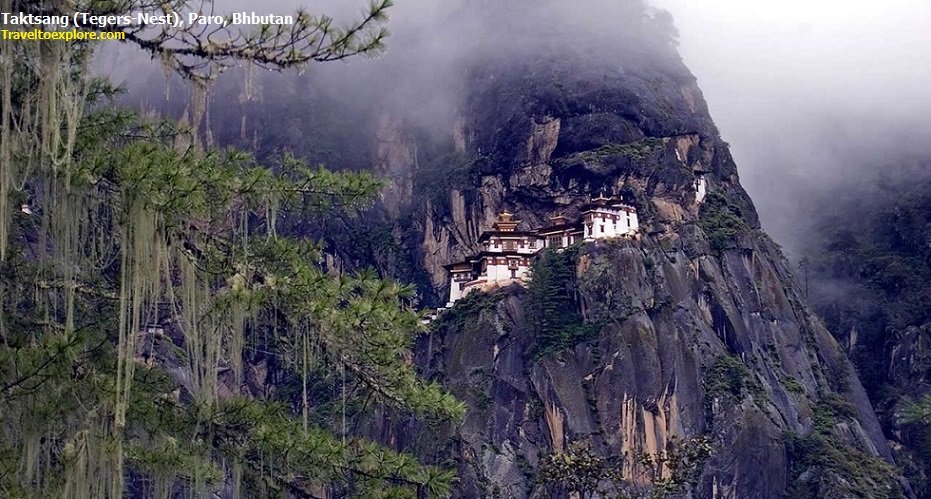
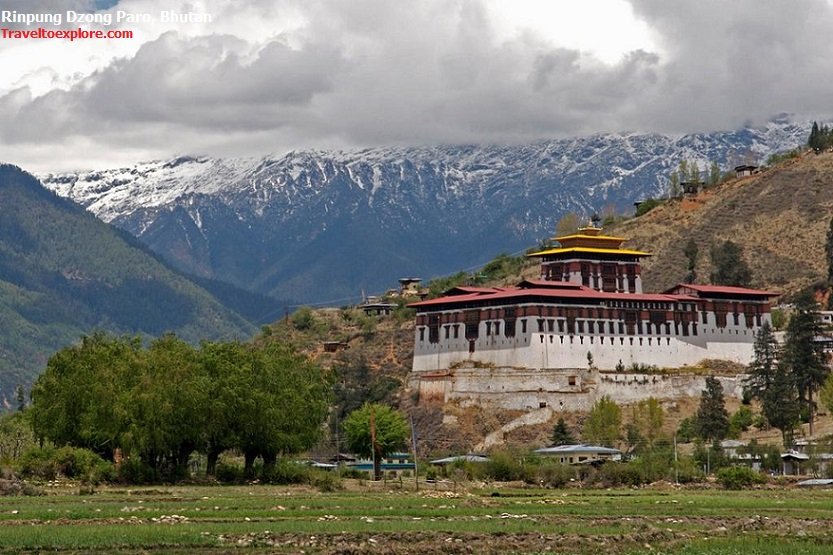

.jpg)
